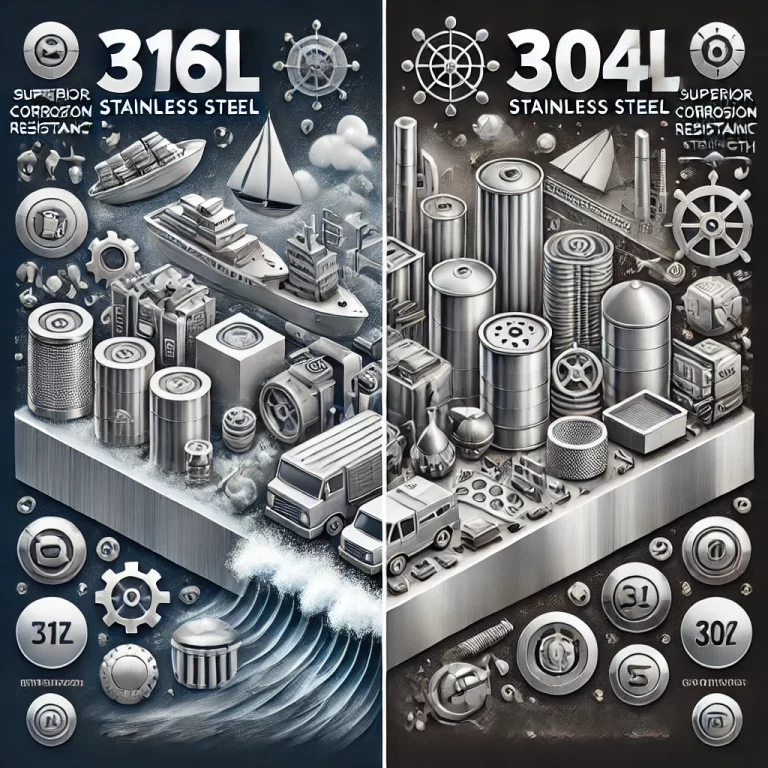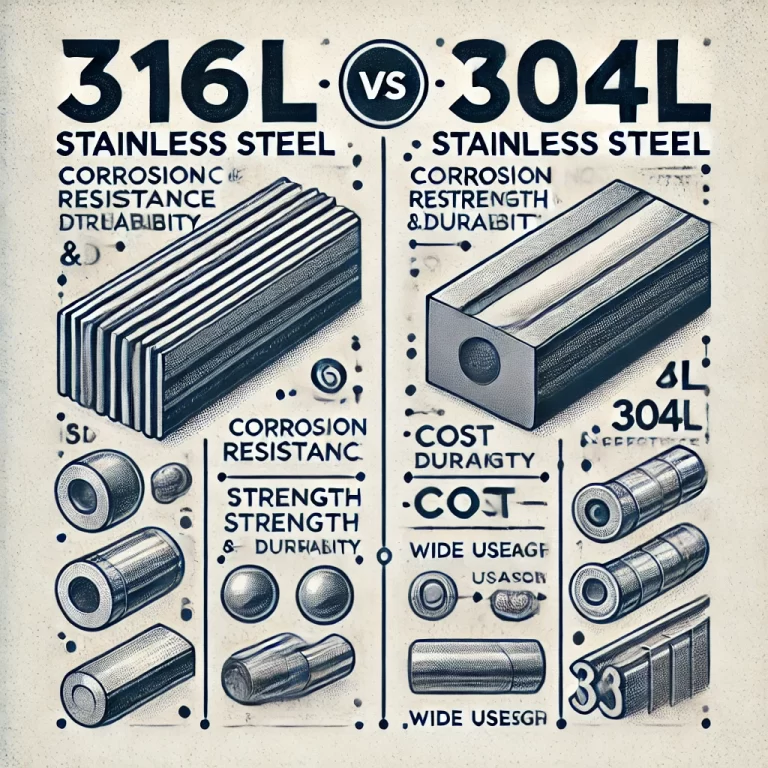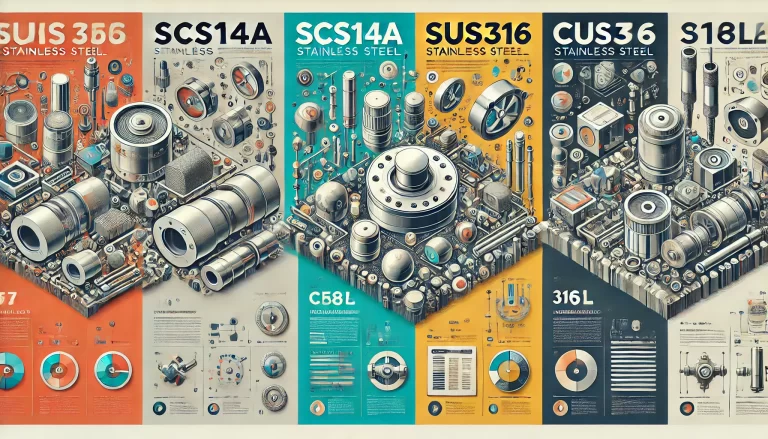Abstract Stainless steel is widely used across various industries and daily applications, including construction, food processing, medical devices, and chemical equipment. Among the numerous stainless steel grades, 304 and 316 are the most commonly utilized. This article provides a comprehensive understanding of the meaning behind these designations by exploring their origin, classification, and material properties.
1. Origin of Stainless Steel Designations
The designations 304 and 316 originated from the numbering system established by the American Iron and Steel Institute (AISI). AISI played a significant role in the promotion and standardization of stainless steel materials. The numbering system gained widespread acceptance due to its clarity and simplicity, making it an essential reference in industrial applications. Although AISI no longer maintains these designations, their influence remains profound.
To further refine the classification, organizations such as the American Society for Testing and Materials (ASTM) and the Society of Automotive Engineers (SAE) introduced the Unified Numbering System (UNS). UNS numbers start with the letter “S” followed by five digits, such as UNS S30400 for AISI 304 stainless steel and UNS S31603 for AISI 316L stainless steel.
In addition to American standards, other international standards exist, including:
Japanese Industrial Standards (JIS): Prefixes “SUS” (Steel Use Stainless), e.g., SUS304.
European Norms (EN): EN standards classify 304 stainless steel as EN 1.4301.
International Organization for Standardization (ISO): The ISO standard for 304 stainless steel is 4301-304-00-I.
These various standardization systems allow for easier identification and interchangeability across global markets.

2. Meaning of Stainless Steel Designations
Before delving into the specific meanings of 304 and 316, it is essential to understand the classification of stainless steel based on its metallurgical structure. Stainless steel is categorized into five primary types:
Austenitic Stainless Steel: Offers excellent corrosion resistance, high ductility, and superior weldability, accounting for approximately two-thirds of total stainless steel production.
Ferritic Stainless Steel: Provides good corrosion resistance and strength, suitable for moderate applications.
Duplex Stainless Steel: Combines characteristics of austenitic and ferritic steels, offering high strength and resistance to stress corrosion cracking.
Martensitic Stainless Steel: Known for its high strength and hardness but with relatively lower corrosion resistance.
Precipitation-Hardening Stainless Steel: Achieves exceptional strength and corrosion resistance through heat treatment.
Both 304 and 316 belong to the austenitic category. The number “3” in their designation indicates their classification as austenitic stainless steel, while the subsequent numbers (“04” and “16”) distinguish their specific alloy composition and properties.
304 Stainless Steel: A widely used austenitic stainless steel with excellent general-purpose properties.
316 Stainless Steel: Contains an additional 2%-3% molybdenum, enhancing its resistance to pitting and chloride corrosion.
3. Performance Differences Between 304 and 316 Stainless Steel
Despite belonging to the same austenitic family, the distinct chemical compositions of 304 and 316 stainless steel lead to notable performance differences:
1. Chemical Composition:
304 Stainless Steel: Contains 18%-19% chromium and 8%-10% nickel (commonly known as “18-8” stainless steel). It offers excellent corrosion resistance, good formability, and high toughness.
316 Stainless Steel: In addition to 18% chromium and 10% nickel, it includes 2%-3% molybdenum. This enhances its resistance to pitting corrosion, making it ideal for use in chloride-rich environments, such as marine applications and chemical processing.
2. Mechanical Properties:
| Property | 304 Stainless Steel | 316 Stainless Steel |
|---|---|---|
| Yield Strength | 241 MPa (35,000 psi) | 241 MPa (35,000 psi) |
| Ultimate Strength | 586 MPa (80,000 psi) | 586 MPa (80,000 psi) |
| Elongation | 50% | 50% |
| Hardness (max) | 90 HRB | 90 HRB |
3. Applications:
Due to their differing properties, 304 and 316 are used in distinct environments:
304 Stainless Steel Applications:
Kitchenware and cutlery
Architectural paneling and railings
Food and beverage processing equipment
316 Stainless Steel Applications:
Marine and coastal structures
Chemical processing equipment
Medical implants and surgical instruments

4. Standard Designations and Equivalents
The numerical designations provide a general understanding but do not specify detailed chemical compositions. Therefore, various national standards provide more precise equivalents:
ISO and EN Standards:
304 corresponds to EN 1.4301, designated as X5CrNi18-10 (where “X” indicates alloy steel, “5” indicates carbon content ≤0.05%, and “CrNi18-10” refers to chromium and nickel percentages).
Chinese National Standard (GB/T 20878):
304 is designated as 06Cr19Ni10 (where “06” denotes carbon content ≤0.06%, and “Cr19Ni10” represents chromium and nickel content).

5. Conclusion
The designations 304 and 316 stainless steel reflect an international effort to standardize material classification, offering clarity and consistency across industries. Their numeric codes provide insights into material composition and performance, assisting engineers and manufacturers in selecting appropriate materials for various environments.
By understanding these designations, professionals can make informed decisions, ensuring optimal performance and cost-efficiency in their applications.
